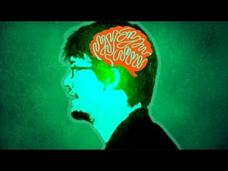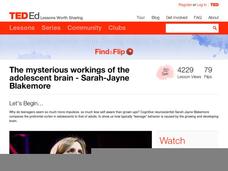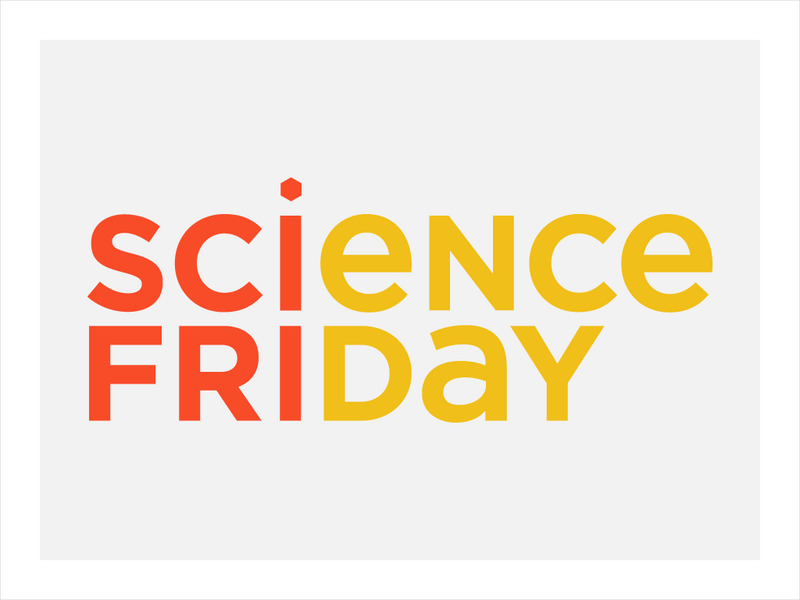SciShow
These AIs Are About to Revolutionize Biology
Even though proteins are fundamental to life, it’s hard to predict what they look like. But two independent groups announced that they’d cracked it, and it’s all thanks to some seriously clever artificial intelligence.
SciShow
The Science of Hypnosis
Hypnosis: that's just a fun gimmick for stage shows and plot twists, right? Well, turns out there might be more to it.
SciShow
Victorian Pseudosciences: Brain Personality Maps
in 19th-century England, scientists were figuring out that certain parts of our brains were connected with certain parts of our bodies- but they came up with some terrible and misleading ideas that spread without rigorous scientific...
Curated Video
MRI
MRI machines are now commonly used in hospitals to build amazing images of inside our bodies. Discover how magnets allow them to do this. Physics - Electricity And Circuits - Learning Points. MRI machines use magnets to take images of...
Institute of Human Anatomy
How Much of Your Brain Do You Actually Use?
In this video, Justin from the Institute of Human Anatomy discusses how scientists and medical professionals know with certainty, that we use 100% of our brain.
National Institute of Standards and Technology
NIST MRI Standards Lab
The NIST Magnetic Resonance Imaging (MRI) Standards Lab recently received the Governor's Award for High-Impact Research for advancing the forefront of biomedical imaging by developing a broad suite of calibration “phantoms” to enable...
TED-Ed
How Do We Study Living Brains?
Out of all vertebrates, the largest brain when compared to body size belongs to humans. Studying the working brain presents challenges to scientists. Learn about three of the most common tests used to understand how the living brain...
Physics Girl
Are MRIs Safe?
We know about radiation from airplanes, and x-rays, but are MRIs considered safe? An informative video offers an simplified overview of how an MRI works. Then a comparison between MRIs and fMRIs opens new understanding. Finally it...
PBS
Career Connections | Radiologist
CT scans and MRIs, ultrasounds, and X-rays. Welcome to the world of the radiologist, the specialist who interprets the medical images provided by some amazing technology. The narrator of a short video, a cardiac radiologist, describes...
PBS
Career Connections | Sonographer
Imagine using an ultrasound probe that can take pictures of what's going on inside the body. A sonographer gets to do just that. Find out about the many career options in this medical field by watching a short video.
TED-Ed
Why Do Hospitals Have Particle Accelerators?
Viewers gain insight into medical technology with a short video that examines how PET scanners can track FGD injected into a patient's body to find tumors.
SciShow
Mind Reading
The average number of thoughts the human brain has every day is around 70,000. This video explores how scientists use MRIs to read people's thoughts by analyzing brain waves and decoding them into images. Application would be for people...
Teach Engineering
The Grand Challenge
Magnetic resonance imaging, just how safe is it? The introduction to unit study of magnetic resonance imaging technology presents the grand challenge questions of how an MRI machine works, the risks involved, the physics involved,...
TED-Ed
The Mysterious Workings of the Adolescent Brain
Why do teenagers seem to take greater risks? Why do adolescents have difficulty taking in others' perspectives, and what implications does this have for us as teachers? Pass this resource along to your classes and colleagues, and begin a...
Science Friday Initiative
Science Friday: Celebrating the Superconductor, as It Turns 100
Since their discovery, superconductors have been used for particle physics, mag-lev trains and MRIs. Physicist David Cardwell discusses their use for applications as diverse as particle physics experiments and magnetic resonance imaging.
Curated OER
Kids Health: Getting an Mri
An MRI (magnetic resonance imaging) scan is a painless test that creates detailed pictures of the inside of the body. [2:29]










